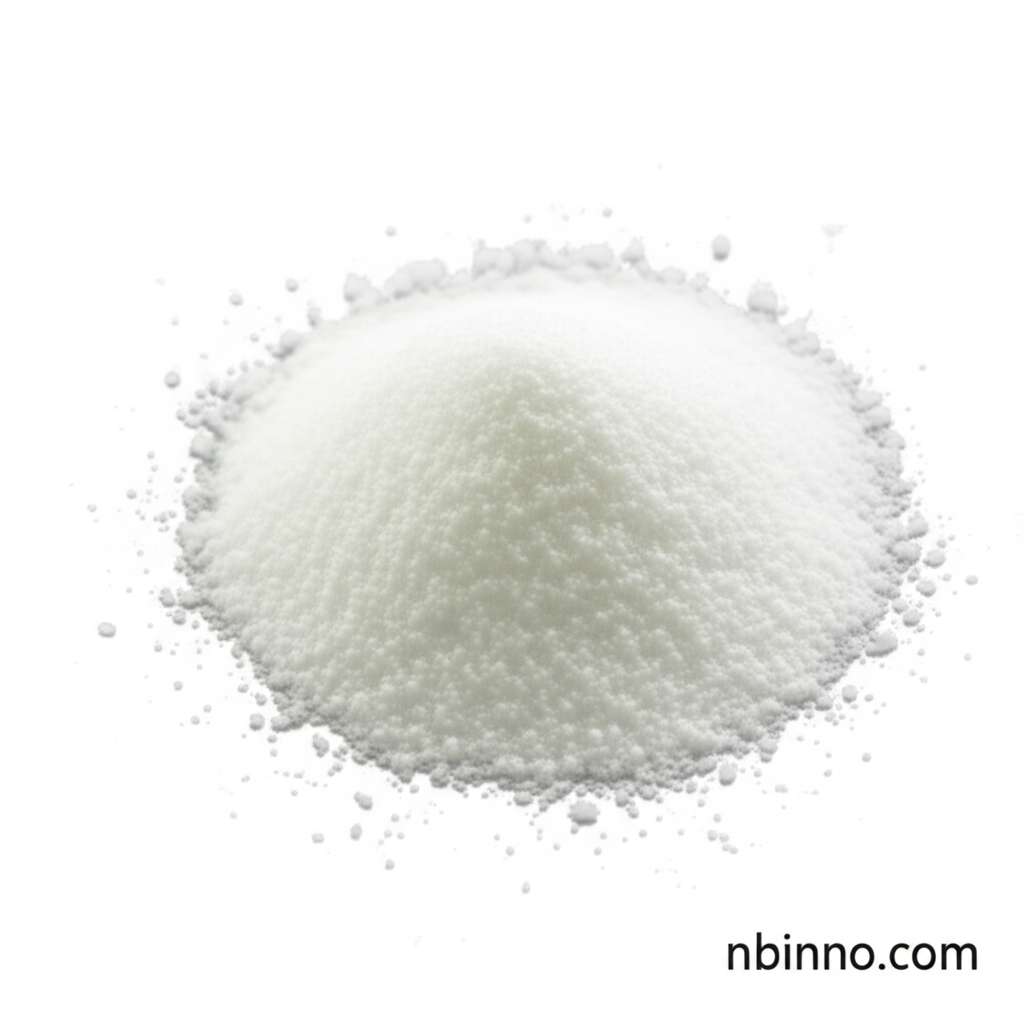P-Hydroxyphenyl Methacrylate: A Key Monomer for Advanced Material Innovation
Discover the versatile applications of p-hydroxyphenyl methacrylate in material science and chemical synthesis.
Get a Quote & SampleProduct Core Value

p-Hydroxyphenyl Methacrylate
p-Hydroxyphenyl methacrylate, identified by CAS number 31480-93-0, is a critical monomer belonging to the benzene derivative class. Its unique properties make it an invaluable precursor for carbon nanotubes, showcasing chloride ion-sensitive adsorption capabilities.
- Explore the p-hydroxyphenyl methacrylate precursor carbon nanotube applications, highlighting its role in creating advanced nanomaterials.
- Understand the p-hydroxyphenyl methacrylate chloride ion sensitive adsorption properties, crucial for selective material interactions.
- Learn about p-hydroxyphenyl methacrylate UV crosslinking, a key feature for developing responsive polymer networks.
- Delve into the details of p-hydroxyphenyl methacrylate monomer synthesis, understanding its preparation for various industrial uses.
Key Advantages
Material Precursor Capability
As a key p-hydroxyphenyl methacrylate precursor for carbon nanotubes, this monomer enables the creation of high-performance nanomaterials with tailored properties.
Responsive Material Properties
The p-hydroxyphenyl methacrylate chloride ion sensitive adsorption feature allows for dynamic material responses, opening avenues for smart material development.
UV-Activated Crosslinking
Leverage the p-hydroxyphenyl methacrylate UV crosslinking ability to engineer crosslinked polymer networks and gels with precise control over material structure.
Key Applications
Carbon Nanotube Synthesis
Utilize p-hydroxyphenyl methacrylate as a precursor for synthesizing carbon nanotubes, contributing to advancements in electronics and composites.
Advanced Membranes
The monomer's properties make it suitable for the development of advanced membranes, potentially for filtration or separation technologies.
Water Surface Gels
Explore applications in creating specialized water surface gels, benefiting from the monomer's reactivity and structural capabilities.
UV-Curable Formulations
Its methacrylate functionality positions it as a valuable component in UV-curable formulations for coatings, adhesives, and inks.
